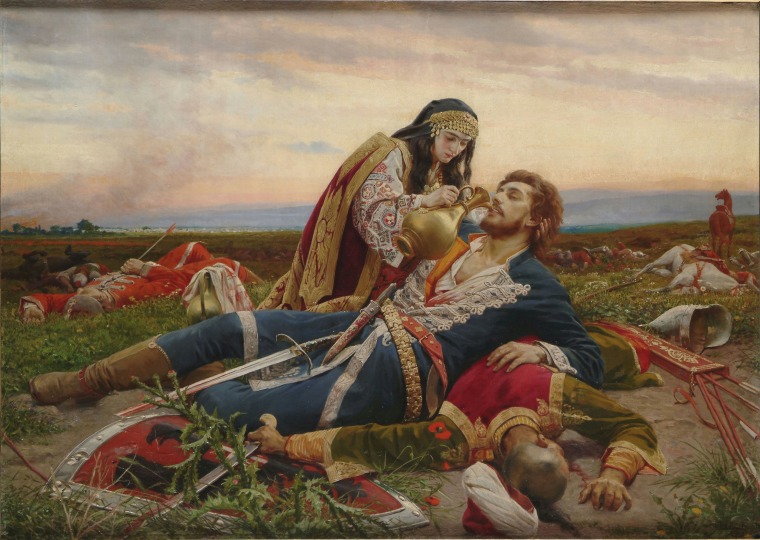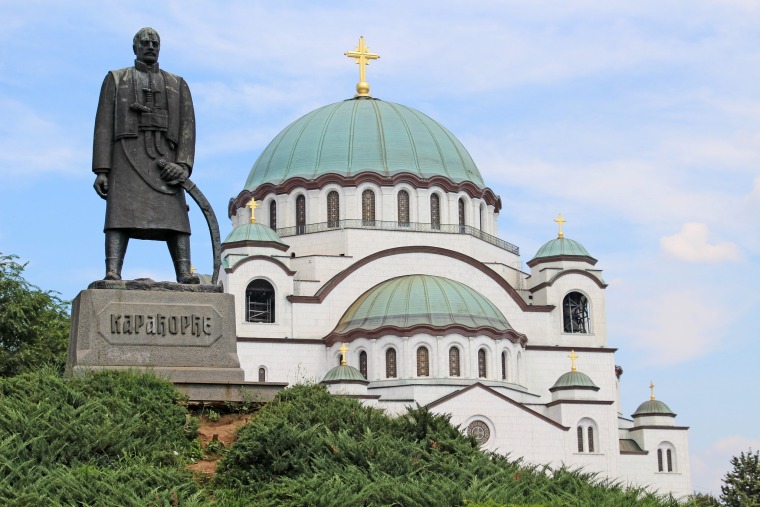

Serbia, a country at the heart of the Balkan Peninsula, is a treasure trove of rich history, diverse traditions, and vibrant cultural experiences. With influences from the Ottoman Empire, Austro-Hungarian rule, and its own Slavic heritage, Serbia offers a captivating blend of East and West.
For travelers seeking authentic and unique cultural experiences, Serbia has much to offer, from ancient festivals and traditional crafts to its distinctive music, food, and folk traditions. This article will explore some of the most remarkable cultural experiences awaiting visitors in Serbia.
1. Witness Traditional Serbian Festivals
One of the most famous and lively cultural festivals in Serbia is the Guča Trumpet Festival, held annually in the small town of Guča. What started as a small competition for brass bands has grown into an internationally renowned event attracting hundreds of thousands of visitors each year. For several days, the town transforms into a carnival of music, dancing, and revelry.

Trumpet orchestras from across the region and beyond compete in lively performances that showcase Serbia’s deep-rooted brass band tradition. The festival is an authentic display of Serbian folk music, and visitors can immerse themselves in the unique rhythms and exuberant energy of this cultural celebration.
Though relatively modern compared to Serbia’s ancient traditions, the Exit Festival is a cultural experience in its own right. Held at the historic Petrovaradin Fortress in Novi Sad, this music festival has gained international acclaim and has become a symbol of Serbia’s youth culture. The festival blends cutting-edge electronic, rock, hip-hop, and alternative music with the historic backdrop of the fortress, offering a unique cultural convergence of old and new.

Slava is one of the most cherished and uniquely Serbian traditions. It is a celebration of a family’s patron saint, passed down through generations. The event is marked by special rituals, prayers, and a communal feast. If you have the opportunity to attend a Slava as a guest, you will experience Serbian hospitality at its finest. The table is usually filled with traditional dishes like sarma (stuffed cabbage leaves), gibanica (phyllo dough pastries), and homemade rakija (fruit brandy). Slava is more than a religious celebration; it’s an expression of family, unity, and Serbian identity.
2. Explore the Art of Serbian Folklore and Dance
Serbian folk dance, known as kolo, is a beautiful and lively expression of the country’s cultural heritage. Dancers hold hands and form circles or lines, moving together in rhythm to traditional music. The fast-paced footwork and graceful movements of the dance reflect the spirit of the Serbian people. Throughout Serbia, you can find opportunities to witness and even participate in these folk dances at local events, festivals, or performances by folklore groups. One such group is the “Kolo” National Ensemble of Serbia, which showcases the country’s diverse dance traditions.

In addition to dance, Serbian folklore is rich with storytelling, myths, and legends. Folk tales passed down through generations reflect the values, struggles, and victories of the Serbian people. Exploring these stories provides a deeper understanding of the national identity and the way history is preserved through oral tradition.
3. Visit Medieval Monasteries and UNESCO Heritage Sites
Serbia’s medieval monasteries are architectural and cultural gems that offer a glimpse into the country’s deep religious history. Many of these monasteries are UNESCO World Heritage Sites, known for their stunning frescoes and unique Byzantine-Slavic architectural style.
Studenica Monastery, located in the mountains of central Serbia, is one of the most important monasteries in the country. Founded in the 12th century by the Serbian ruler Stefan Nemanja, it is a prime example of Serbian medieval architecture and religious art. The monastery’s frescoes, dating back to the 13th century, are considered masterpieces of Byzantine art and offer a spiritual and historical journey through the development of Serbian Orthodoxy.

Another UNESCO site, Sopoćani Monastery, is known for its vibrant frescoes, particularly the depictions of biblical scenes. Built in the 13th century by King Stefan Uroš I, this monastery offers a peaceful retreat where visitors can admire the beauty of Serbia’s religious art while learning about its history.
Visiting these monasteries allows travelers to not only appreciate the craftsmanship and religious devotion of the past but also experience the tranquility and spiritual atmosphere that these sacred places still embody today.
4. Indulge in Serbian Gastronomy: A Culinary Journey
No cultural experience in Serbia is complete without diving into its culinary traditions. Serbian food reflects the country’s diverse historical influences, blending flavors from the Mediterranean, Central Europe, and the Ottoman Empire.
Start your culinary journey with ćevapi, small grilled sausages made from a mix of beef, lamb, or pork, often served with flatbread, onions, and a side of ajvar (a roasted red pepper and eggplant spread). Another must-try is pljeskavica, a Serbian-style burger made from a blend of minced meats and seasoned with spices.

For a hearty and comforting meal, try sarma —cabbage leaves stuffed with ground meat and rice, slowly cooked in a savory broth. And don’t miss gibanica, a delicious cheese-filled pastry made from layers of flaky dough.
Serbia’s national drink, rakija, is a fruit brandy that plays a central role in Serbian hospitality and tradition. It’s made from various fruits, including plums, apricots, and grapes, and is typically served as a welcome drink for guests. For a unique cultural experience, visit a local distillery or participate in a rakija tasting, where you can sample different varieties of this strong and flavorful spirit. Each region of Serbia has its own version, and tasting rakija is as much about experiencing Serbian hospitality as it is about enjoying the drink itself.
5. Discover Handicrafts and Traditional Art Forms
Serbia has a rich tradition of craftsmanship, where artisans continue to produce handmade items using methods passed down through generations. From pottery and weaving to wood carving and embroidery, Serbian handicrafts are deeply tied to the country’s rural life and customs.
The town of Pirot in southeastern Serbia is famous for its kilims, or hand-woven rugs. These beautifully designed rugs, known for their geometric patterns and bright colors, are created using traditional techniques that have been preserved for centuries. Visiting Pirot to see these artisans at work and purchasing an authentic kilim makes for a unique cultural souvenir.

Serbian pottery, particularly from the village of Zlakusa, is another important cultural tradition. Zlakusa pottery is still made using ancient methods, where artisans shape the clay by hand and fire it in open kilns. Visitors can tour local workshops and even try their hand at making their own pottery, gaining insight into the skill and patience required to create these beautiful pieces.
6. Serbia’s Cultural Tapestry
Serbia’s unique cultural experiences offer a rich and immersive journey through the country’s diverse heritage. From ancient festivals and traditional dances to medieval monasteries and time-honored crafts, Serbia is a destination where history, tradition, and modernity intersect. Whether you’re exploring the vibrant streets of Belgrade, savoring homemade rakija in a village, or marveling at the frescoes of a centuries-old monastery, Serbia offers unforgettable cultural moments for every traveler.









